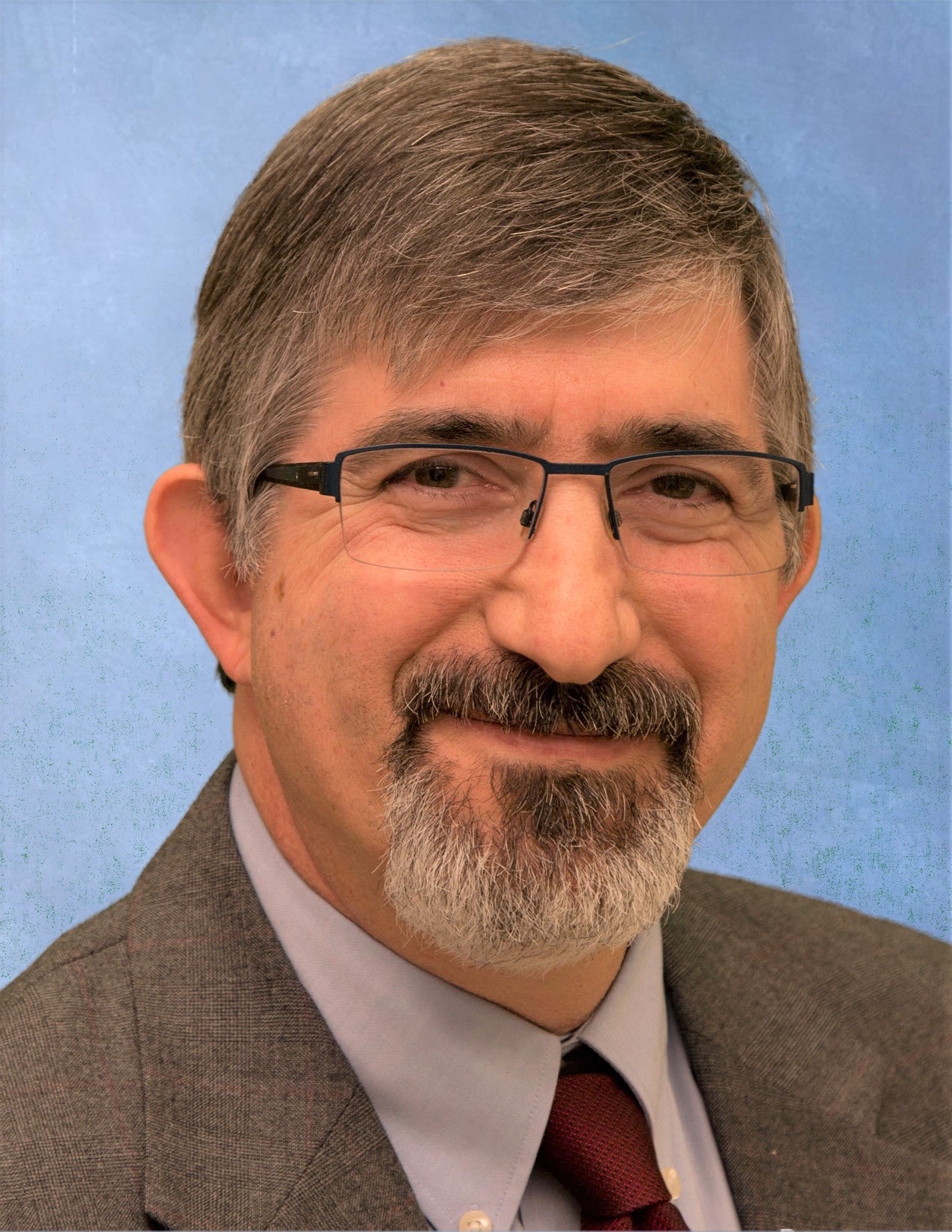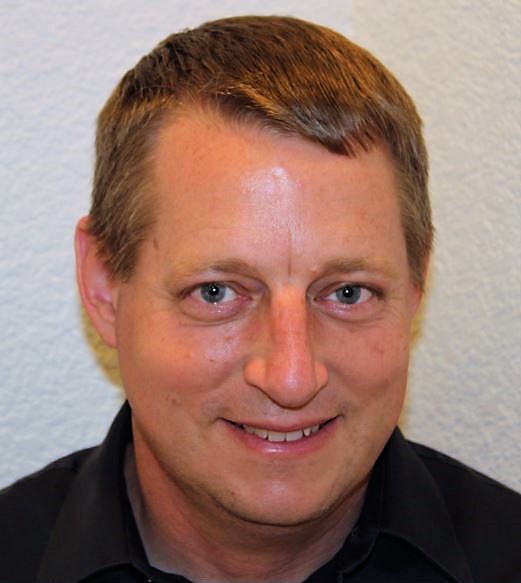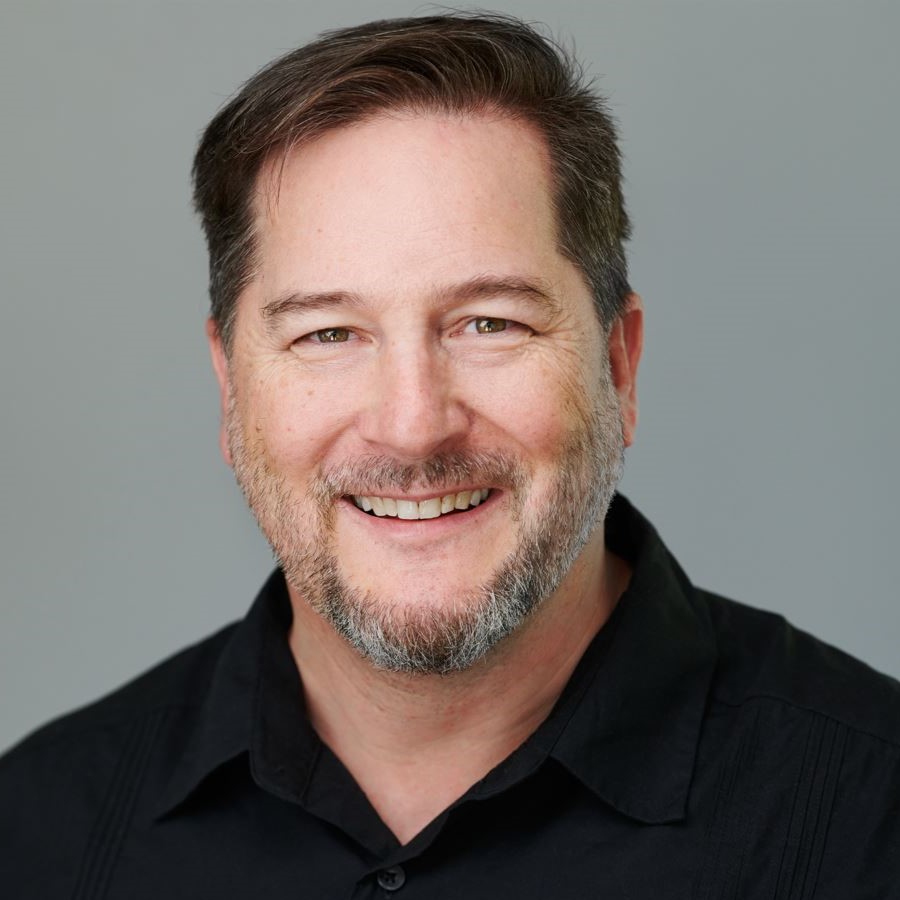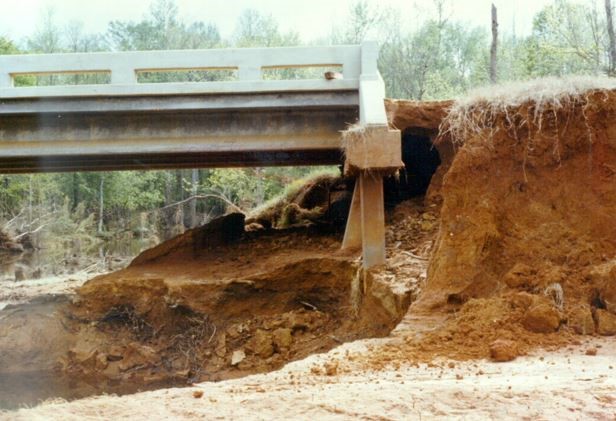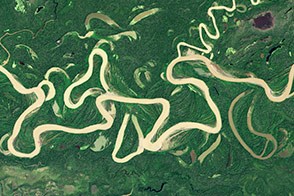Video
Webinar: Sediment transport modelling. Too hard for Einstein?
Addressing the challenges and opportunities associated with mobile-bed hydraulic modelling
About
When Albert Einstein’s oldest son, Hans, told his father he wished to pursue sediment transport as a career – so the story goes – Albert reportedly said, “No, that’s much too difficult!” So where are we now? Have advances in software and computational power finally granted us the ability to prove Einstein wrong? Eroding rivers and sediment-filled reservoirs pose an increasing threat to lives, environment, and infrastructure around the world. This webinar provides an overview of sediment transport modelling software options, along with requirements for the collection of input data, selection of modelling parameters, and calibration techniques.
Presenters
Martin Teal
WEST Consultants, Inc.
Stanford Gibson
U.S. Army Corps of Engineers Hydrologic Engineering Center
Krey Price
International Water Training Institute


